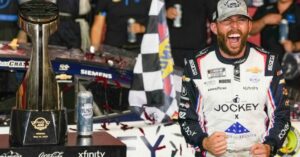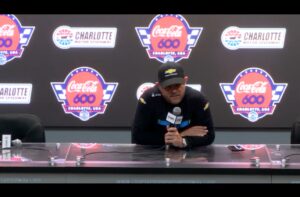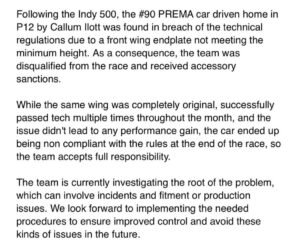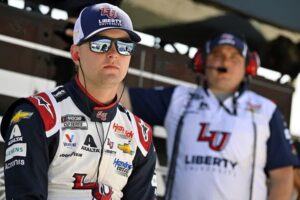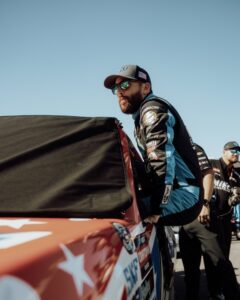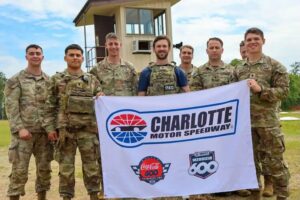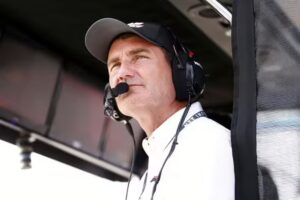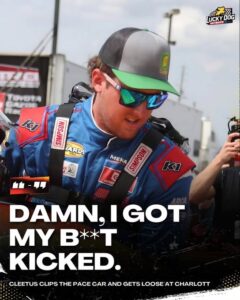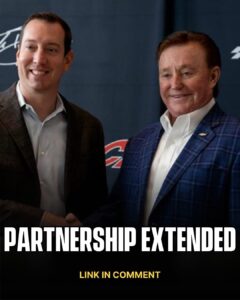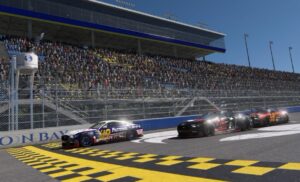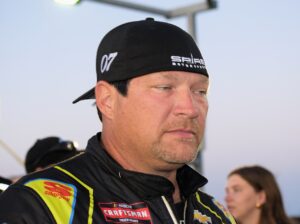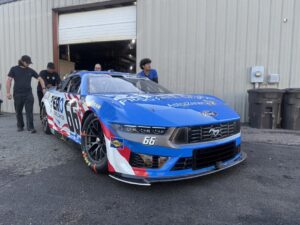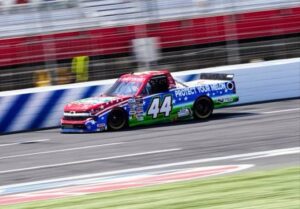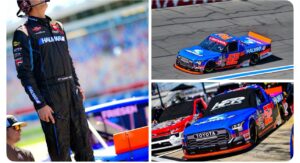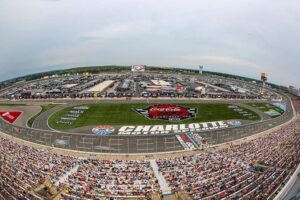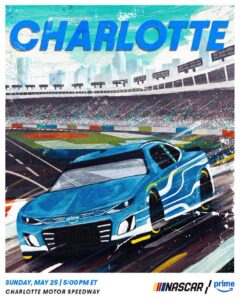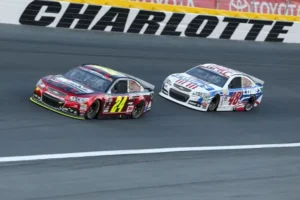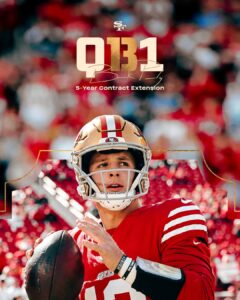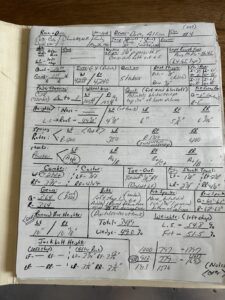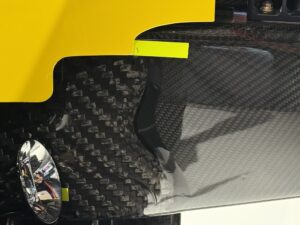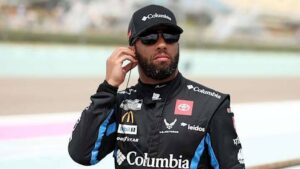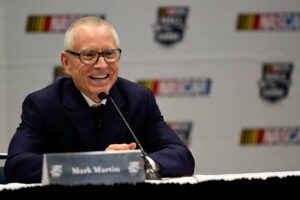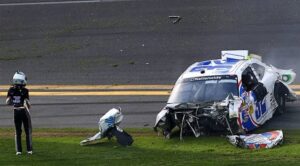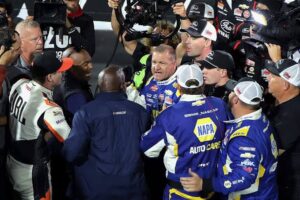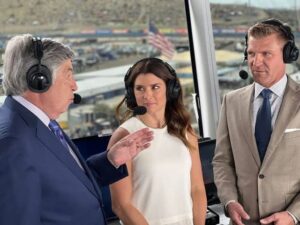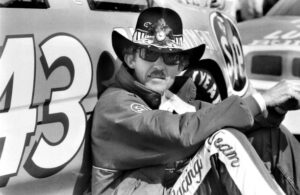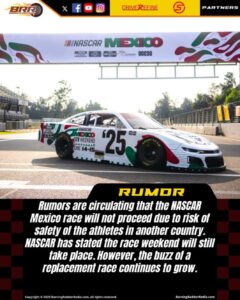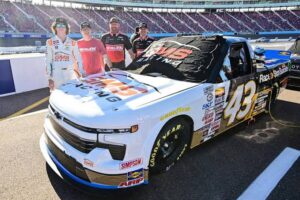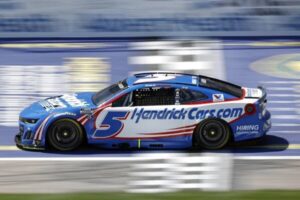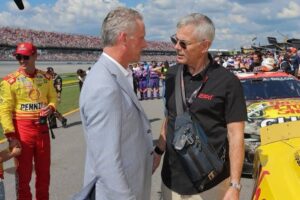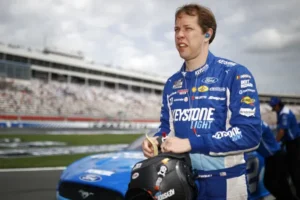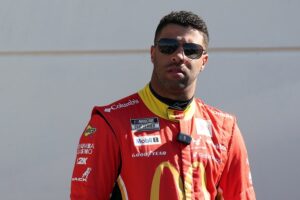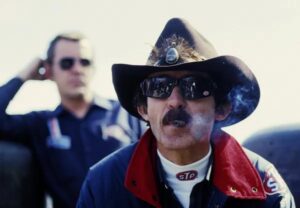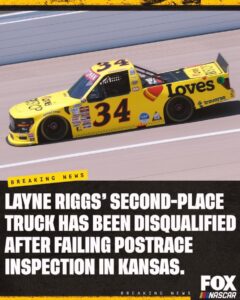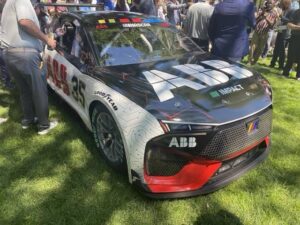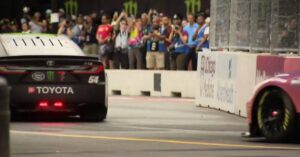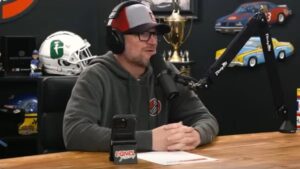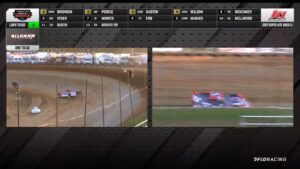In the pantheon of NASCAR history, few moments resonate as powerfully as November 6, 1994, at North Carolina Speedway in Rockingham. On that day, Dale Earnhardt Sr., the indomitable “Intimidator,” clinched his record-tying seventh Winston Cup Series championship—a feat that placed him alongside Richard Petty in the sport’s eternal lore. But this victory was no coronation; it was a gritty, strategic masterclass punctuated by an unexpected duel with underdog Rick Mast, a battle that underscored Earnhardt’s relentless drive and tactical genius.
The Stakes: Chasing History
Entering Rockingham’s penultimate race of the 1994 season, Earnhardt held a commanding 147-point lead over rival Mark Martin. To secure his seventh title, he needed only to finish 34th or better. Yet for Earnhardt, mere survival was never the goal. The championship would cement his legacy, matching Petty’s “unreachable” record, but true to his nature, he aimed to compete—and dominate.
The Wildcard: Rick Mast’s Surprise Surge
Qualifying threw a curveball. Rick Mast, a Virginia driver with zero career wins, stunned the field by capturing the pole in his No. 1 Skoal Bandit Chevrolet. Mast, known for his smoothness on abrasive tracks, leveraged Rockingham’s gritty surface to lead the first 100 laps. Meanwhile, Earnhardt started fourth but faced an early hurdle: a risky tire gamble. His team opted for Hoosier tires, a controversial choice offering speed but questionable durability compared to the reliable Goodyears used by Mast and most contenders.
The Tire Gamble Unravels
Hoosier’s shortcomings quickly surfaced. By Lap 40, Earnhardt’s tires faded, dropping him to 13th. Crew chief Andy Petree made the pivotal call to pit under green on Lap 108, swapping Hoosiers for Goodyears. The move cost track position but salvaged their race. “We took a swing, but we had to adapt,” Petree later admitted. Earnhardt, now on durable rubber, began a methodical charge back through the field.
Mast’s Resilience and Earnhardt’s Climb
While Rusty Wallace ultimately dominated the race, winning by nearly six seconds, the drama centered on Mast and Earnhardt. Mast, clinging to old tires during a caution-free stretch, led 143 laps but slowly hemorrhaged positions as his Goodyears wore. Earnhardt, meanwhile, carved through traffic, his black No. 3 Chevrolet a study in precision. By Lap 328, he’d clawed to fourth—enough to clinch the title. Mast, fading to 11th, became a footnote in Earnhardt’s triumph but earned respect for his tenacity. “Rick drove his heart out,” Earnhardt acknowledged post-race. “Made us work for it.”
The Coronation
When the checkered flag fell, Earnhardt’s fourth-place finish sealed his seventh championship with a 444-point margin over Martin, rendering the season finale at Atlanta moot. The garage erupted as crew members from rival teams lined up to applaud the Intimidator—a rare show of unity in the competitive arena. Earnhardt, ever the showman, celebrated with a victory lap, holding seven fingers aloft. “This one’s for Dale,” declared team owner Richard Childress, echoing the sentiment of fans who saw Earnhardt as Petty’s spiritual successor.
Legacy of the 7th
The Rockingham race epitomized Earnhardt’s career: relentless, adaptive, and unyielding. His switch to Goodyears mid-race showcased his team’s strategic agility, while his comeback mirrored his career-long resilience. Tying Petty’s record, Earnhardt solidified his mythos, proving that championships are won not just by speed, but by grit and ingenuity.
Rick Mast’s role, though fleeting, added depth to the narrative—a reminder that in NASCAR, even underdogs can shape history. For Earnhardt, Rockingham was more than a title clincher; it was a testament to a philosophy etched into his racing DNA: Never settle. Never surrender.
Two decades after his tragic passing, Earnhardt’s seventh crown remains a touchstone, a moment when the Intimidator didn’t just make history—he embodied it.




